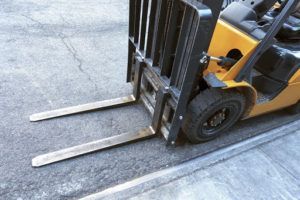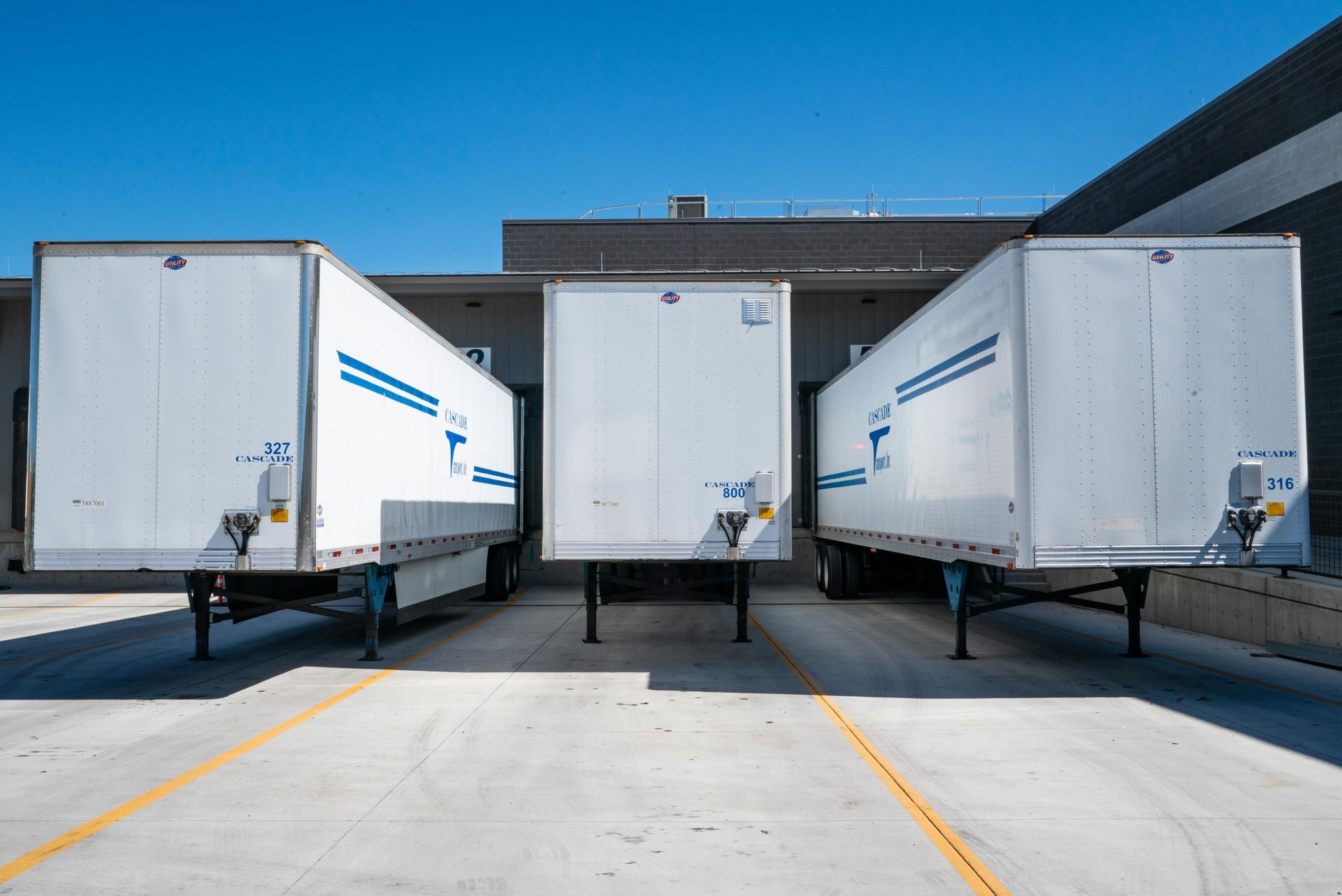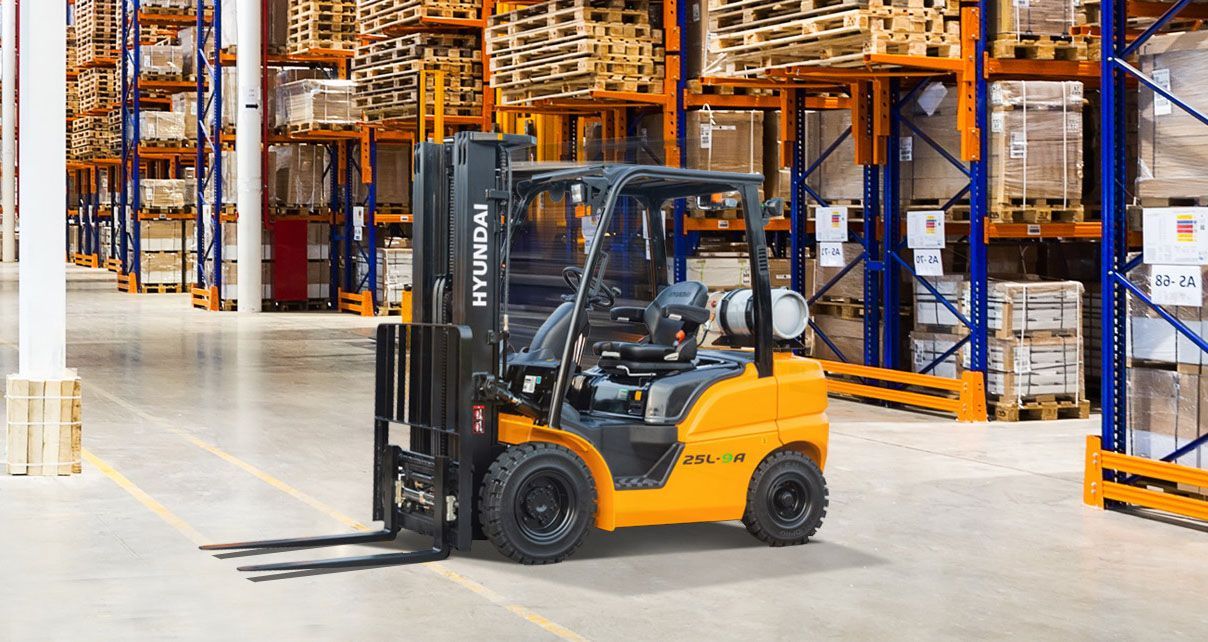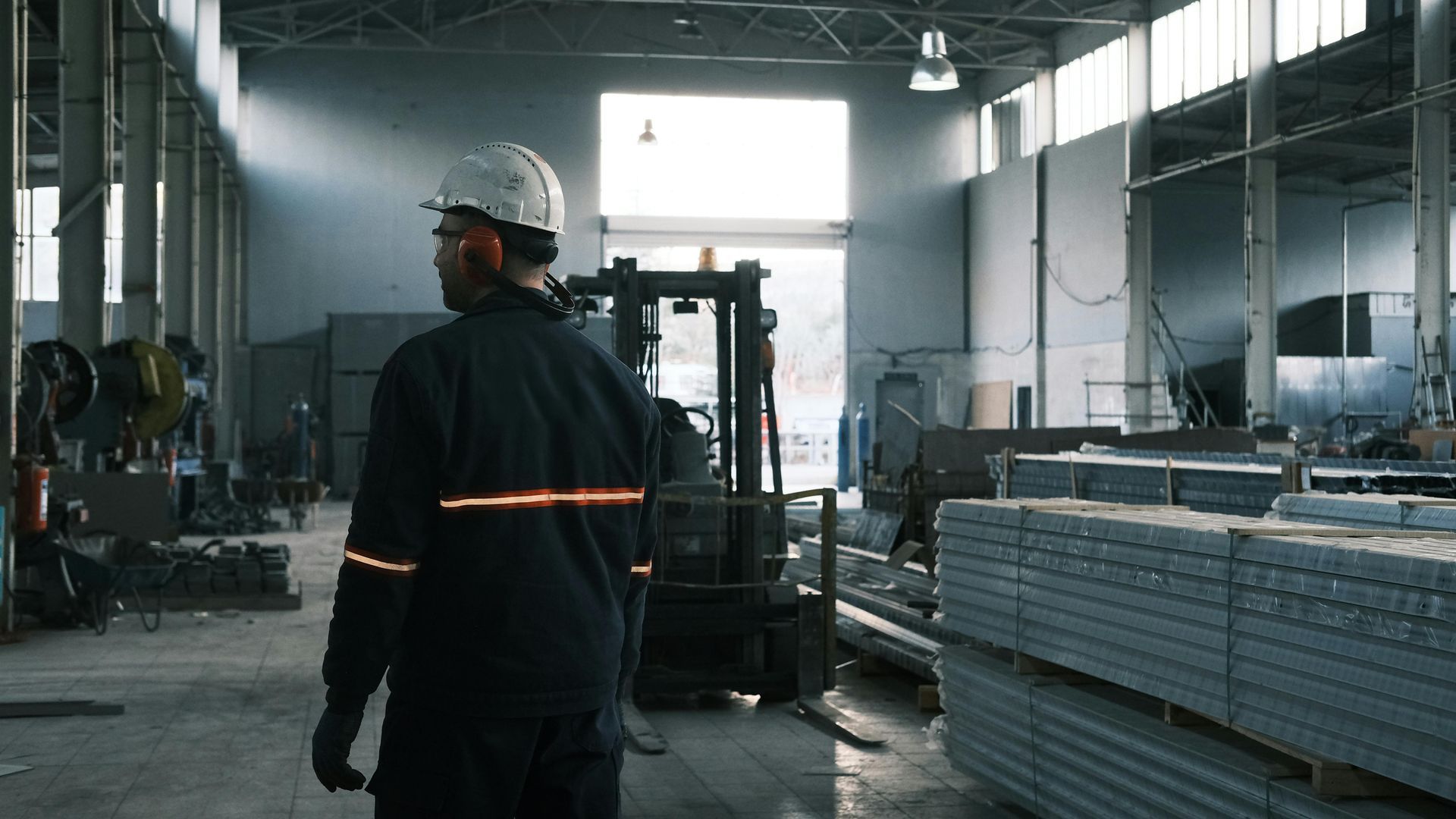Warehouse Maintenance Tips
Warehouse Maintenance Tips. Keeping your warehouse safe and running smoothly means committing to a proper maintenance schedule. Clean, well-maintained warehouses offer employees an environment that mitigates the risk of serious accidents. It also helps the organization’s bottom line by promoting productivity.
When it comes to creating a maintenance plan that works for your warehouse, it’s a good idea to have a two-prong approach: Consider implementing strategies that address ongoing preventive maintenance as well as emergency maintenance.
Preventive Maintenance
If your warehouse doesn’t already have a preventive maintenance plan in place, you could be spending too much time and money on tasks that are reactive instead of proactive. Not only do poorly maintained warehouses present accident risks, they could also lead to costly OSHA fines for violations and non-compliance.
Protecting your workplace starts with hiring the right workers for specialized tasks and ensuring they have the proper certification to operate equipment. For example, look for a forklift operator with experience and expertise to properly follow safety guidelines while using the machinery. Provide ongoing training to help these employees stay up-to-date on best practices.
Beyond that, make sure that your preventive maintenance touches on the following factors:
Cleanliness: Proper and consistent cleaning of warehouse floors and workspaces needs to be a regular part of the daily routine. You should also create a culture of safety among the team that expresses accountability for every member.
Pest control: Pests can enter warehouses easily and present all sorts of problems, the least of which is the spread of disease. They can also destroy inventory with their nesting habits, something that could directly hurt your bottom line. Prioritize pest control all year long.
Equipment maintenance: Routine inspection and maintenance of equipment can help alert warehouse managers to problems that could slow down productivity. A forklift leaking a bit of oil may not seem like a problem until it causes a slip-and-fall accident in your warehouse.

Warehouse monitoring: Whether you’re using warehouse management software or old-fashioned supervisors, keep an eye on the floor and identify potential maintenance issues early on. Maintain an open dialogue with employees for feedback on which tasks to prioritize.
Offer incentives: Offer rewards to your team to recognize a job well done. Employee lunches, extra time off, or even gift cards can help keep everyone on track and committed to performing regular maintenance tasks — and performing them well.
Invest in quality: While equipment repairs are less costly than replacements, there may be a time when buying new is your only option. Vet your vendor and ensure they offer high-quality equipment and the support to help repair it over its lifetime.

Emergency Maintenance
Even with a robust warehouse maintenance plan, it’s important to account for emergencies. Toxic spills, fires, hurricanes, and even earthquakes can wreak havoc for your team and it’s important to prepare everyone for a potential crisis. Maintenance after disaster strikes may look a bit different than what you do on a regular, preventative basis.
This plan should be highly personalized for a variety of situations. Think about the most likely risks to your warehouse and create custom plans for each. Getting your warehouse back to order after something like a fire will require a different approach than a loss of power, for example. This is not something that should be one-size-fits-all.
Once you know which resources you’ll need for your plan, make it a team effort. Recruit a handful of key players in your warehouse to be a specialized response team to execute the plan. Keep in mind that they’ll need to have the experience and certification to perform maintenance on specialized equipment like forklifts or conveyor belts.
More great tips: Keep emergency maintenance training materials easy to access and up-to-date. Practice drills so that your warehouse workers have real-world experience to draw from. Along with regular, consistent preventive maintenance, staying prepared for the worst-case scenario can help reduce downtime after an emergency.
How you maintain your warehouse can make or break the bottom line of your business. It pays off to take preventive measures like regularly servicing equipment to building a culture of safety. Beyond that, have a plan to help bounce back from an emergency.
Looking to update your equipment along with your plan? Need updated safety training for your staff? Looking to remodel your warehouse for increased productivity and lowered maintenance costs? Get in touch with our team of pros — we’ve proudly been helping businesses just like yours for over a decade.
The post Warehouse Maintenance Tips appeared first on Benco Industrial Equipment.




